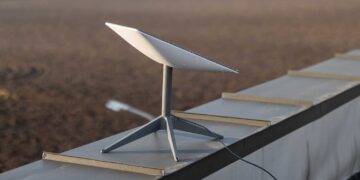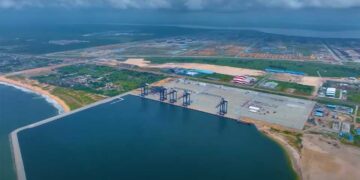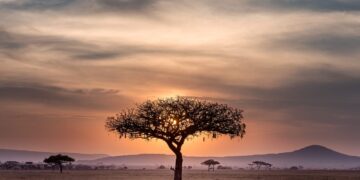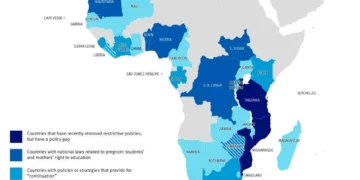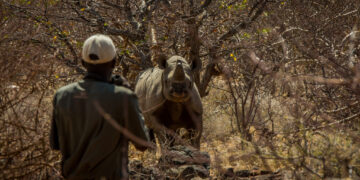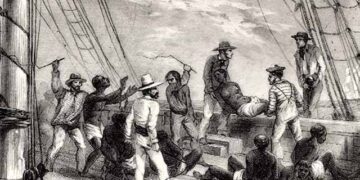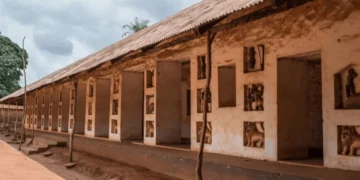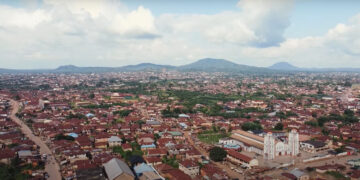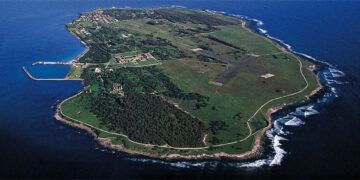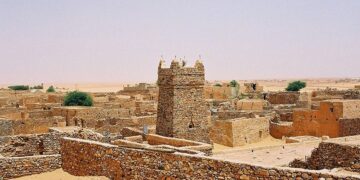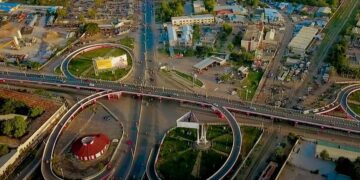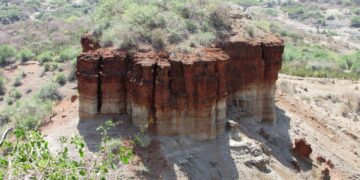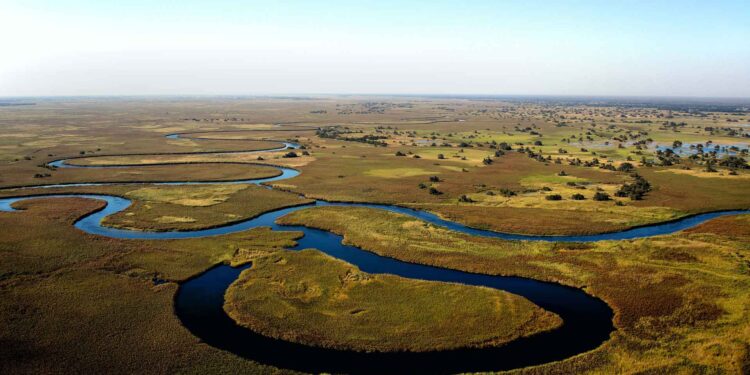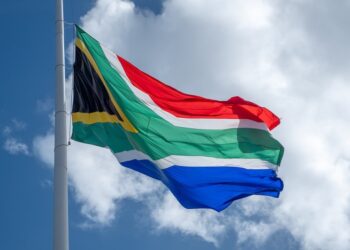Botswana’s Okavango Delta has long been a unique ecological model where water and desert blend to create a complex ecosystem encompassing a wide variety of fauna and flora in the heart of a planet with a semi-desert climate. The delta’s unique geographic and hydrologic configuration makes it exceptional among the world’s inland water systems. At the same time, this ecosystem faces significant environmental and development challenges that require concerted local and international efforts to preserve it.
The Okavango Delta, located in northwestern Botswana, is known as one of the largest inland deltas in the world and is considered the largest in both Africa and Asia. It forms a unique natural environment within the arid Kalahari Desert, providing a permanent water oasis that transforms annually into a vibrant ecosystem. The Okavango Delta covers an area of between 15,000 and 22,000 square kilometers, depending on the timing of seasonal flooding. Its area changes dramatically throughout the year, depending on the timing of seasonal flooding. This article provides a detailed, unvarnished overview of the geography, hydrology, biodiversity, economic and social importance, and the challenges facing the region.
The Okavango Delta is formed by the waters of the Okavango River, which originates in the Angolan Highlands and then flows south through Namibia before entering northwestern Botswana, where it branches into a complex network of channels and islands within a vertical delta, disconnected from the ocean. It is an endorheic basin, meaning its water does not flow into the sea but evaporates or seeps into the ground, creating a unique ecosystem in the middle of the desert.
The Okavango Delta rises between 930 and 1,000 meters above sea level. The area is characterized by a slight drop in ground level (less than two meters over a vast area), which contributes to widespread flooding, especially between June and August, the peak flood season for Angolan rains, which extend from December to April. Floodwater takes about six months to reach the delta, creating a complex and recurring flood cycle.
The Okavango Delta is one of the rare inland water systems characterized by a regular flood cycle but not connected to a sea or ocean. The water spreads significantly during the flood season, reaching three times the delta’s size during the dry season, with the marine area shrinking to about 6,000 square kilometers in permanent water wells.
The system is characterized by a delicate balance between evaporation rates, which increase due to high temperatures, and incoming water flow rates. The amount of water remaining in the delta is influenced by the nature of the soil and topography, as it is distributed among swamps, channels, lakes, and islands. The Okavango Delta is unique in that it is a complex, constantly changing geographic environment within the desert.
The Okavango Delta boasts one of the highest levels of biodiversity in Africa, providing vital habitats for a diverse array of species. This wildlife includes large mammals such as elephants, lions, buffalo, and giraffes, as well as aquatic animals such as hippos and crocodiles. The delta also hosts more than 400 bird species, including rare and endangered species such as the African wild dog.
The dense vegetation, rich riverine forests, and dense forests provide natural and sustainable habitats for numerous other animals. This biodiversity extends beyond animals to complement the plant and microbial ecosystems, making the Okavango Delta an important model for environmental studies.
Several human communities live in and around the Okavango Delta, relying primarily on natural resources for their livelihoods. Fishing and traditional farming are the primary sources of income for local people. Ecotourism, which focuses on wildlife safaris, also plays a significant economic role, attracting thousands of visitors annually and providing a growing source of income for Botswana.
In addition, the region is famous for fishing and transportation using traditional wooden canoes (mokoro), which are part of the local culture. The population relies heavily on these natural resources, making sustainability and ecosystem preservation vital to their economic and social survival.
Despite its environmental and economic importance, the Okavango Delta faces several threats. Foremost among these challenges is the potential impact of climate change, which could lead to reduced seasonal flooding and changes in rainfall patterns in Angola, affecting the amount of water entering the delta. Human activities such as land development, unregulated fishing, increased water consumption, and unsustainable mining also threaten the stability of the ecosystem.
Growing population pressure and shifting economic patterns pose additional challenges to sustainable natural resource management, particularly given the need to balance economic development with environmental conservation. Government and international efforts have focused in recent years on developing conservation strategies that include parks and nature reserves to promote environmental conservation.
The Okavango Delta has been recognized as a UNESCO World Heritage Site, recognizing its natural significance and global benefits. It has also been listed as a Ramsar Site, a Wetland of International Importance, imposing obligations on governments and communities to work towards its conservation.
Numerous NGOs and scientific institutions are monitoring the ecosystem, studying its impacts, and making recommendations for better management. These efforts include climate change mitigation measures, ongoing monitoring of wildlife conditions, and supporting local communities to maintain their livelihoods while protecting the environment.
Protecting the Okavango Delta requires integrated management that combines environmental responsibility with sound economic development. Emphasis must be placed on supporting sustainable tourism, improving agricultural practices, and strengthening environmental protection laws to reduce human-caused losses.





